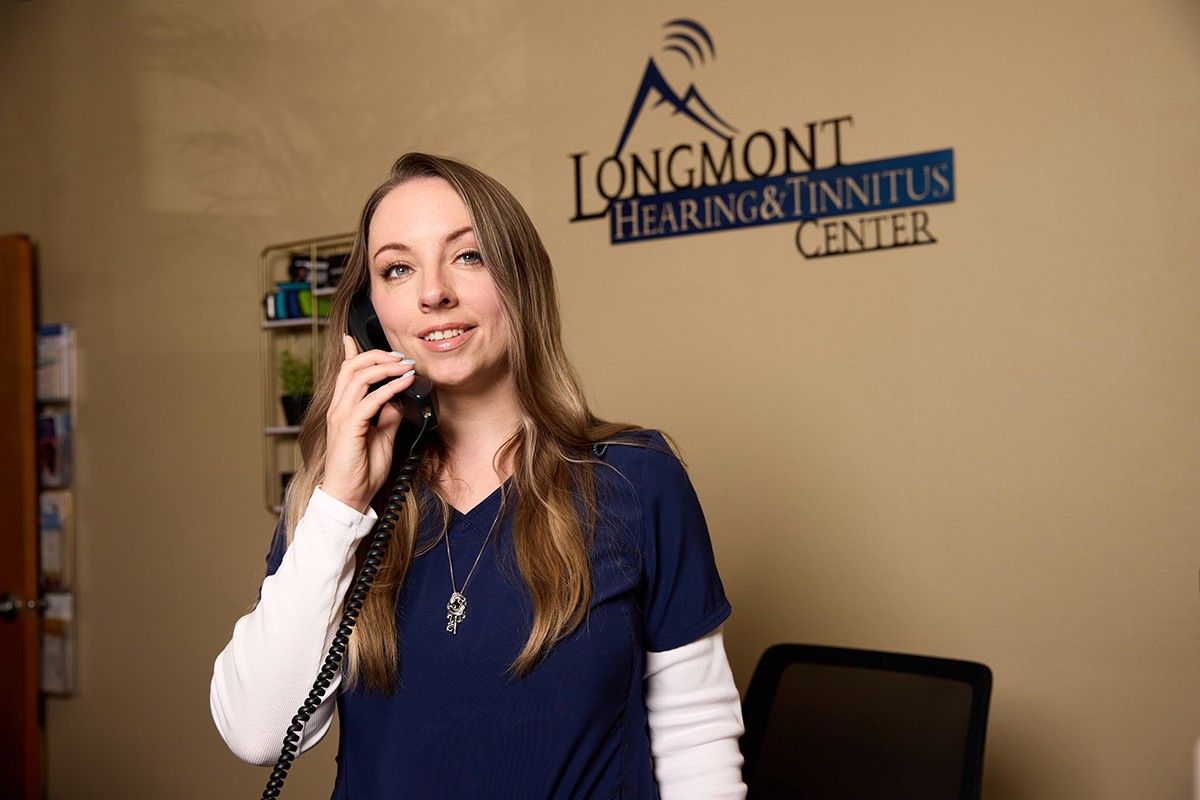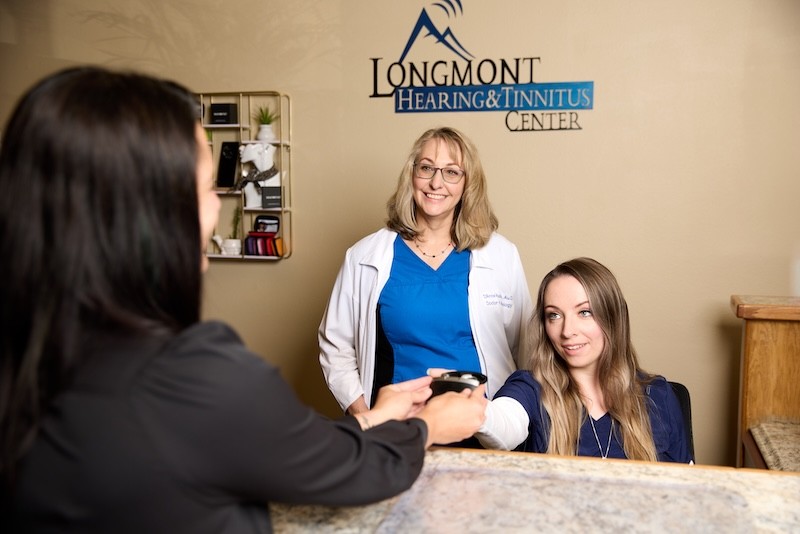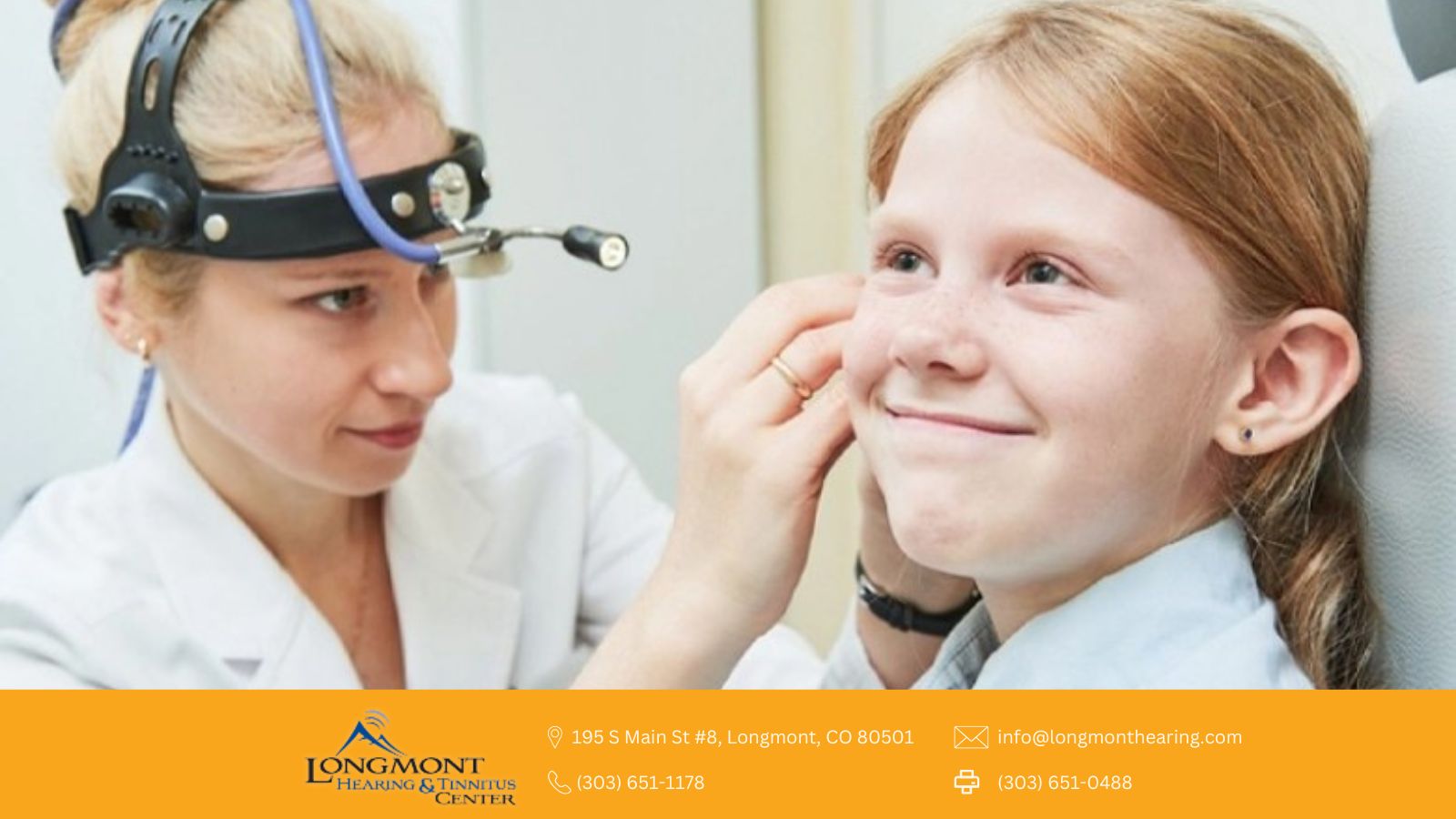
Online Communication Program
Online Communication Program
Unlock Better Hearing with our Online Communication Program
Unlock Better Hearing with our Online Communication Program
Enhance Your Hearing Experience with our Online Communication Program
Enhance Your Hearing Experience with our Online Communication Program
Your hearing and effective communication are our top priorities.
Unlock Better Communication with the 5 Keys to Success Program.
Your hearing and effective communication are our top priorities.
Unlock Better Communication with the 5 Keys to Success Program.
We're excited to offer the 5 Keys to Communication Success, an innovative online program designed to help you navigate the challenges of hearing loss. This auditory rehabilitation program has transformed lives by equipping individuals with practical communication strategies, greatly enhancing their quality of life.
We're excited to offer the 5 Keys to Communication Success, an innovative online program designed to help you navigate the challenges of hearing loss. This auditory rehabilitation program has transformed lives by equipping individuals with practical communication strategies, greatly enhancing their quality of life.


What are the 5 Keys to Communication Success?
This comprehensive program provides a wealth of strategies that are easy to incorporate into everyday interactions, empowering people with hearing loss and their communication partners. By focusing on five key areas—Speaker, Listener, Environment, Technology, and Practice—you'll discover the tools needed to improve communication and overcome common frustrations associated with hearing loss.
Program Highlights:
Speaker
Speaker
Learn how the speaker can influence communication and how to facilitate clearer conversations.
Learn how the speaker can influence communication and how to facilitate clearer conversations.




Listener
Listener
Understand the listener’s role in effective communication and techniques to enhance understanding.
Understand the listener’s role in effective communication and techniques to enhance understanding.
Environment
Environment
Discover how to optimize your surroundings to reduce noise and enhance auditory clarity.
Discover how to optimize your surroundings to reduce noise and enhance auditory clarity.




Technology
Technology
Maximize the use of hearing aids and assistive technology to support communication efforts.
Maximize the use of hearing aids and assistive technology to support communication efforts.
Practice
Practice
Engage in practical exercises to reinforce skills and build confidence in real-life scenarios.
Engage in practical exercises to reinforce skills and build confidence in real-life scenarios.


Subscribe to the 5 Keys Communication Program Today
Convenient and Accessible Learning
Forget about complicated logins or remembering passwords. With the 5 Keys program, you'll receive concise, engaging lessons directly in your inbox once a week for an entire year. Each email contains informative content, links to additional exercises, and resources designed to help you make the most of your hearing devices and tackle everyday communication hurdles.
Embark on your journey.
Subscribe to the 5 Keys Communication Program, you'll gain access to a treasure trove of insights and skills that have already helped thousands of people overcome common challenges associated with hearing loss.
Subscribe to the 5 Keys Communication Program Today
Convenient and Accessible Learning
Forget about complicated logins or remembering passwords. With the 5 Keys program, you'll receive concise, engaging lessons directly in your inbox once a week for an entire year. Each email contains informative content, links to additional exercises, and resources designed to help you make the most of your hearing devices and tackle everyday communication hurdles.
Embark on your journey.
Subscribe to the 5 Keys Communication Program, you'll gain access to a treasure trove of insights and skills that have already helped thousands of people overcome common challenges associated with hearing loss.
Subscribe to the 5 Keys Communication Program Today
Convenient and Accessible Learning
Forget about complicated logins or remembering passwords. With the 5 Keys program, you'll receive concise, engaging lessons directly in your inbox once a week for an entire year. Each email contains informative content, links to additional exercises, and resources designed to help you make the most of your hearing devices and tackle everyday communication hurdles.
Embark on your journey.
Subscribe to the 5 Keys Communication Program, you'll gain access to a treasure trove of insights and skills that have already helped thousands of people overcome common challenges associated with hearing loss.
D’Anne Rudden is wonderful! Would recommend her services to anyone. Also, the staff was so lovely and were quick to get me in for an appointment!

Sophie S
2 weeks ago
Special thanks to Dr Demars- she’s fun and wonderful to work with while also being very knowledgeable and professional.

Leanne D
1 month ago
First time visit didn't know what to expect little nervous I was greeted with a warm smile and a greeting.

Gary S
2 months ago
We had an amazing experience with Longmont Hearing and Tinnitus Center! From booking our appointments only 10 days before he end of the year to them fitting my husband.

Diana C
2 weeks ago
Dr. Caney Demars was unlike any other doctor I've seen before, anywhere. She was interested in what I had to say, actually listened to me and showed genuine concern.

Rodger S
Lead Software Engineer
D’Anne Rudden is wonderful! Would recommend her services to anyone. Also, the staff was so lovely and were quick to get me in for an appointment!

Sophie S
2 weeks ago
Special thanks to Dr Demars- she’s fun and wonderful to work with while also being very knowledgeable and professional.

Leanne D
1 month ago
First time visit didn't know what to expect little nervous I was greeted with a warm smile and a greeting.

Gary S
2 months ago
We had an amazing experience with Longmont Hearing and Tinnitus Center! From booking our appointments only 10 days before he end of the year to them fitting my husband.

Diana C
2 weeks ago
Dr. Caney Demars was unlike any other doctor I've seen before, anywhere. She was interested in what I had to say, actually listened to me and showed genuine concern.

Rodger S
Lead Software Engineer
Enhance your hearing experience and enjoy a year of transformative lessons
Ready to improve your communication skills?
Contact us to learn more or to subscribe to the 5 Keys Communication Program today.

Enhance your hearing experience and enjoy a year of transformative lessons
Ready to improve your communication skills?
Contact us to learn more or to subscribe to the 5 Keys Communication Program today.

Enhance your hearing experience and enjoy a year of transformative lessons
Ready to improve your communication skills?
Contact us to learn more or to subscribe to the 5 Keys Communication Program today.

The Latest News in Hearing Healthcare

Spring Cleaning for Your Ears: How to Care for Your Hearing Aids Year-Round
Spring offers the perfect moment to dedicate time to your hearing aids.
Read More

How to Choose the Right Hearing Clinic: 5 Questions to Ask Before You Book
Discover how to choose the right hearing clinic with five essential questions to ensure quality hearing care.
Read More

Understanding Ear Wax Removal: A Comprehensive Guide
As an audiologist, I often meet patients who are curious, confused, or even a little worried about ear wax. Ear wax...
Read More
The Latest News in Hearing Healthcare

Spring Cleaning for Your Ears: How to Care for Your Hearing Aids Year-Round
Spring offers the perfect moment to dedicate time to your hearing aids.
Read More

How to Choose the Right Hearing Clinic: 5 Questions to Ask Before You Book
Discover how to choose the right hearing clinic with five essential questions to ensure quality hearing care.
Read More

Understanding Ear Wax Removal: A Comprehensive Guide
As an audiologist, I often meet patients who are curious, confused, or even a little worried about ear wax. Ear wax...
Read More

